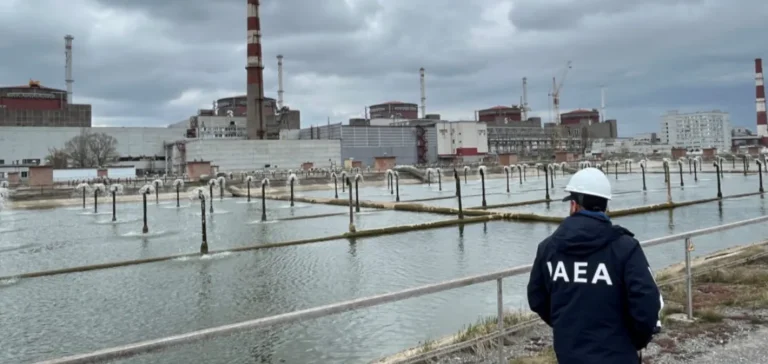The International Atomic Energy Agency (IAEA) has reported a new series of drone incursions in the monitoring zone of the South Ukraine nuclear power plant, located in the Mykolaiv region. A total of 22 drones were detected between Wednesday night and Thursday morning at critical distances from the facility, some as close as 500 metres, according to observations by the IAEA team stationed on site.
The team, accommodated near the plant, heard explosions and gunfire around 1:00 am, before inspecting the site of a downed drone, which left a crater measuring four square metres and one metre deep. No damage to nuclear infrastructure was reported. However, the IAEA stressed the ongoing risk posed by such close-range unmanned aerial activity near sensitive installations.
Rising incidents and operational strain
This latest warning comes as the Zaporizhzhia Nuclear Power Plant, the largest in Europe, continues to operate without an external power supply. The facility has relied entirely on emergency diesel generators for more than 48 hours, according to information provided by the IAEA. All 18 generators were initially activated, later reduced to seven to conserve fuel.
Ukrainian authorities informed the agency that they have the necessary spare parts and staff ready to repair the damaged line, contingent on military conditions. A backup line could also be restored under the same circumstances.
Critical situation under Russian military control
The Zaporizhzhia plant has been under Russian military control since March 2022. Located on the front line, it remains exposed to persistent risks from surrounding combat. The IAEA, which maintains a permanent presence at the site, reiterated that nuclear safety depends heavily on military stability in the area.
Since the start of the conflict, the agency has increased its monitoring and repeatedly raised alarms about operational and logistical threats facing Ukraine’s nuclear installations. It continues to call for restraint and the establishment of security guarantees around these strategic sites.






















